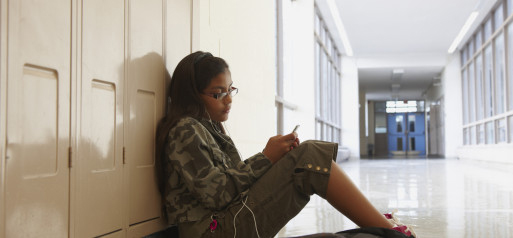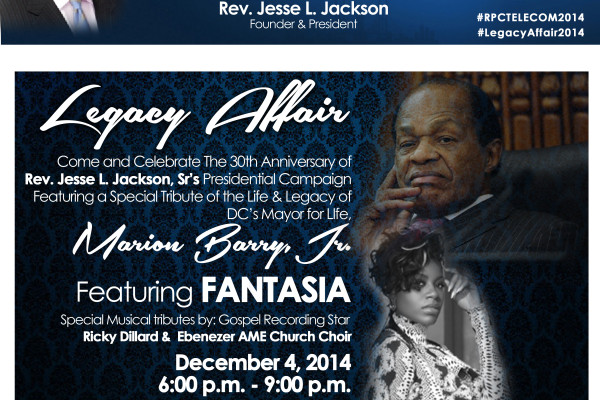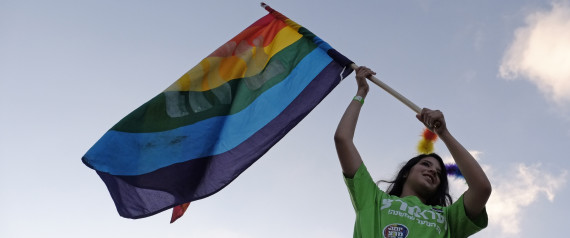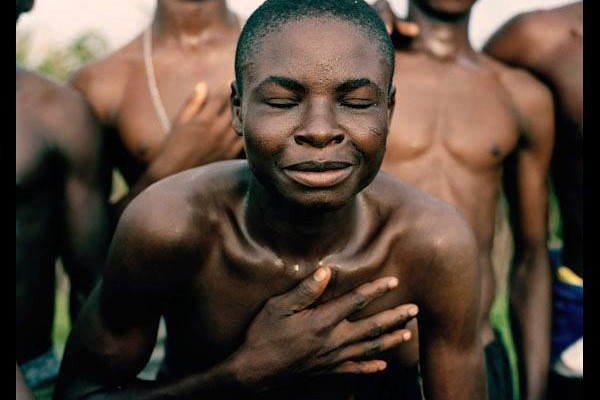Tanayshia Price, a 15-year-old black student who identifies as queer, says she has been suspended from school more times than she can count.
“I feel like the school district that I’m in, they don’t know how to handle everything that comes with the non-gender conforming or the kids that are minorities,” Price, who attends high school in northern California, told The Huffington Post. “They just know how to get rid of us.”
As a queer youth of color, Price faces unique challenges. Research shows that over 80 percent of LGBTQ students were verbally harassed at school over their sexual orientation in 2011. Another report released earlier this year by the Office of Civil Rights shows that black and Hispanic students are suspended from school at substantially higher rates than their white peers.
Two issue briefs released Wednesday expand upon these problems, demonstrating how issues surrounding school discipline uniquely impact LGBTQ and gender non-conforming youth of color. The reports were co-authored by Crossroads Collaborative at the University of Arizona, which researches youth and sexuality, and the Gay Straight Alliance Network, the national organization that connects school-based Gay Straight Alliances.
The groups began conducting their research in early 2012 through a series of surveys and focus groups, finding that LGBTQ and gender non-conforming youth of color reported often feeling singled out by school authorities and feeling blamed when they spoke up about bullying. The term gender non-conforming youth can include any student who does “not conform to stereotypical expectations of what it means to be and to look like a male or a female,” according to one of the reports.
“Our research shows that LGBTQ youth of color in particular face persistent and frequent harassment and bias-based bullying from peers and school staff as well as increased surveillance and policing, relatively greater incidents of harsh school discipline, and consistent blame for their own victimization,” the report says.
Price, for one, says that she feels as though she has faced disproportionate discipline in school due to her status as a minority and a member of the LGBTQ community. Price says that she began feeling discriminated against as early as elementary school, where she was one of only a few African-American students.
“I was a plus-size, big African-American girl, and I did not fit that female look. It wasn’t shirts and dresses, it was hoodies,” said Price, who has since switched districts. “And then instead of my school trying to figure out things from my point of view, it was them trying to figure out things from the white person’s point of view … [Their solution was] just to get rid of me and have me at school for less days.”
The report notes that these harsh disciplinary practices contribute to the school-to-prison pipeline for LGBTQ students of color. It states that while LGBTQ students only make up 6 percent of the general population, they constitute 15 percent of the population in juvenile detention. And while only 16 percent of students enrolled in school are black, data from the Office of Civil Rights show that 31 percent of those subjected to school-related arrests were black.
Zami Hyemingway, a researcher for Crossroads Collaborative and founder of the Arizona GSA Network, told The Huffington Post that he thinks schools could reverse this cycle by implementing transformative justice practices and getting rid of zero-tolerance policies. A set of recommendations issued by GSA Network and The Advancement Project in conjunction with the briefs argues the same.
“A lot of the things that were reported were not surprising to me, which is really really sad,” Hyemingway told The Huffington Post.
“I was hoping all the things I heard when I was in high school and in college … I was hoping it died down a bit,” he said. “But looking at the surveys, it was just very clear that there’s lots of work to be done still.”
Source: Huffington Post






